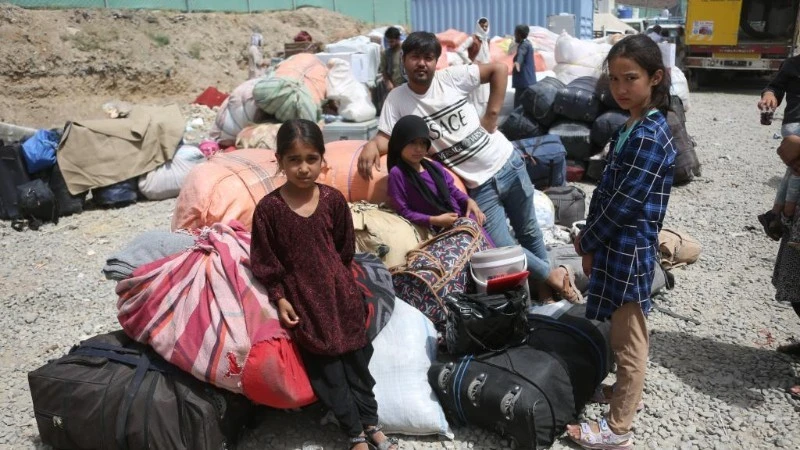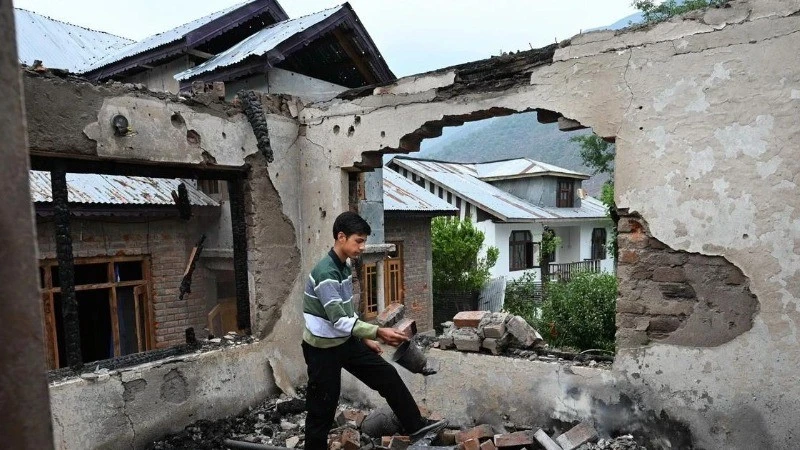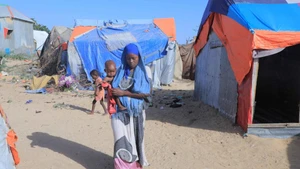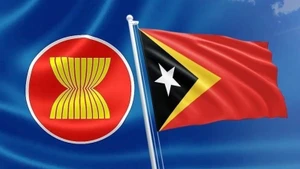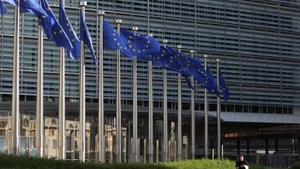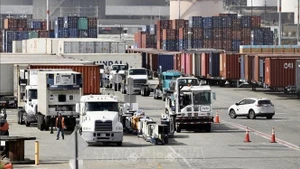The United Nations has just issued a warning about the worsening humanitarian situation on an international scale, with prolonged hotspots such as the Gaza Strip, Syria, and Sudan standing out. The world’s largest multilateral organisation stated that it has received less than 17% of the 46 billion USD budget considered necessary to meet global humanitarian needs in 2025. This figure is down 40% compared to the same period last year. After more than seven months of 2025, the situation of humanitarian aid has shown no positive signs of improvement.
According to the United Nations, the “shortfall” in the humanitarian aid budget is a warning that millions of vulnerable people will face famine if there is no international aid. The UN Office for the Coordination of Humanitarian Affairs (OCHA) once had to call on the world to support 114 million people by focusing on urgent needs, after the deepest funding cuts ever to the international humanitarian aid system.
In the Middle East hotspot, Tedros Ghebreyesus, Director-General of the World Health Organisation (WHO), recently issued a warning that the prolonged crisis in the Gaza Strip is causing social order to collapse, while calling for the establishment of humanitarian corridors to evacuate those in urgent need of medical care from the area.
Tedros emphasised that people in Gaza are dying not only from “rain of bombs and bullets” but also from lack of food, hunger, and disease. According to statistics, since May 27, more than 1,600 people have died and nearly 12,000 have been injured while trying to access food distribution points in the Gaza Strip. People in Gaza are almost unable to access basic services, forced to evacuate constantly and face prolonged food shortages, widespread malnutrition, and increasing deaths due to hunger. In July alone, nearly 13,000 children under the age of 5 were recorded with acute malnutrition, the highest level ever in this Mediterranean coastal strip.
OCHA described an alarming picture of dire living conditions in Gaza, where the already exhausted health system must deal with large numbers of children hospitalised for malnutrition. The humanitarian situation in Gaza is even more deadlocked as aid routes for goods and food are blocked. The World Food Programme (WFP) reported receiving 1,012 trucks carrying 13,000 tonnes of food into Gaza in July, however only 10 trucks reached the reserve warehouses; Israel declared restrictions on the transport of humanitarian aid into Gaza, accusing OCHA of having links with Hamas forces.
At a United Nation’s Security Council meeting, Israel’s Ambassador to the United Nations Danny Danon claimed that OCHA is no longer a humanitarian agency but has become “the propaganda arm of Hamas”, therefore Tel Aviv tightened control over the organisation’s activities in Gaza. With land routes almost completely blocked, the international community has had to mobilise aircraft to airdrop humanitarian aid into the Gaza Strip in order to partially address the urgent needs of the people there.
The United Arab Emirates (UAE), Jordan, Egypt and European countries such as Germany, Belgium, Italy, Spain, and France are striving to use air routes to drop aid into Gaza even though they know that air aid is like “a drop in the ocean”, unable to meet the immense humanitarian needs in this Mediterranean coastal strip. On World Humanitarian Day, August 19, the United Nations once again called for facilitating, not obstructing international activities in the effort to ease and heal the wounds of humanitarian crises in many hotspots, especially in the Gaza Strip.
